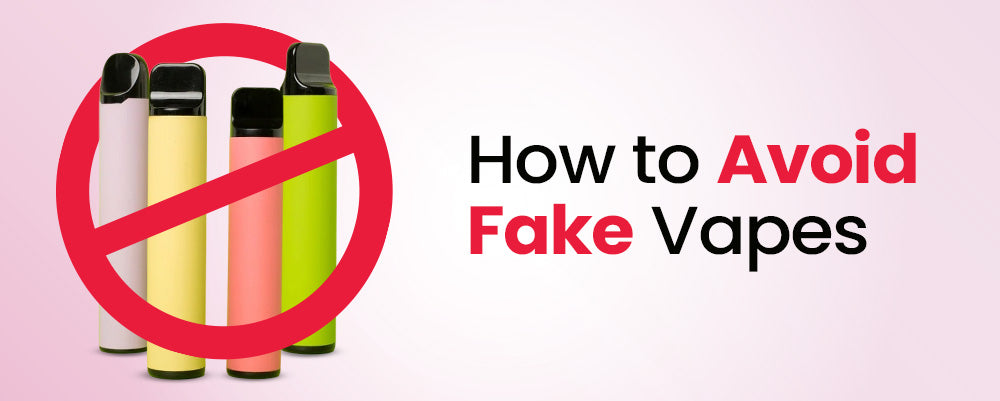Understanding Fake Electronic Cigarettes
Fake electronic cigarettes, also known as counterfeit or clone vapes, are unauthorized reproductions of legitimate branded products. These illicit items are manufactured without adherence to safety standards, quality control, or the genuine manufacturer’s specifications. Their proliferation poses significant risks to consumers.
Identifying Counterfeit E-Cigarettes
Distinguishing fakes from genuine products requires careful observation. Key indicators include:

- Packaging Discrepancies: Look for poor print quality, spelling errors, misaligned logos, incorrect color schemes, or flimsy packaging materials compared to authentic products.
- Price Anomalies: Significantly lower prices than those offered by authorized retailers are a major red flag.
- Product Quality and Performance: Counterfeits often use substandard materials, resulting in poor build quality, leaks, inconsistent vapor production, unusual tastes, or a harsh throat hit.
- Missing or Invalid Authentication Features: Many legitimate brands include QR codes, serial numbers, or scratch-off authentication stickers. Fakes may lack these, or the codes may not validate on the official manufacturer’s website.
- Source of Purchase: Products bought from unofficial street vendors, unverified online marketplaces, or social media sellers carry a higher risk of being counterfeit.
Risks Associated with Fake E-Cigarettes
The use of counterfeit electronic cigarettes carries substantial dangers:
- Health Hazards: Illegitimate e-liquids may contain unknown and harmful substances, including heavy metals, contaminants, incorrect nicotine concentrations (too high or too low), or undeclared chemicals, leading to unpredictable health effects.
- Device Safety Issues: Fake devices often utilize low-quality batteries and electrical components that have not undergone safety testing. This increases the risk of overheating, short-circuiting, battery explosions, and fire.
- Lack of Accountability: Counterfeiters operate outside legal frameworks, meaning there is no recourse or quality assurance. Products are not subject to regulatory oversight or manufacturing standards.
Protecting Yourself from Counterfeits
To avoid the dangers of fake electronic cigarettes, consumers should take proactive steps:
- Purchase from Authorized Sources: Always buy vaping products from official brand websites, reputable brick-and-mortar vape shops, or authorized online retailers.
- Inspect Packaging and Product Carefully: Familiarize yourself with the appearance of genuine products and scrutinize any potential purchase for signs of counterfeiting.
- Utilize Verification Tools: If the brand provides an authentication system (e.g., QR codes, serial numbers), use it to verify the product’s legitimacy.
- Be Wary of “Too Good to Be True” Deals: Extremely low prices often indicate a counterfeit product.
- Report Suspected Fakes: If you believe you have encountered or purchased a fake e-cigarette, report it to the legitimate brand manufacturer and relevant consumer protection agencies.










